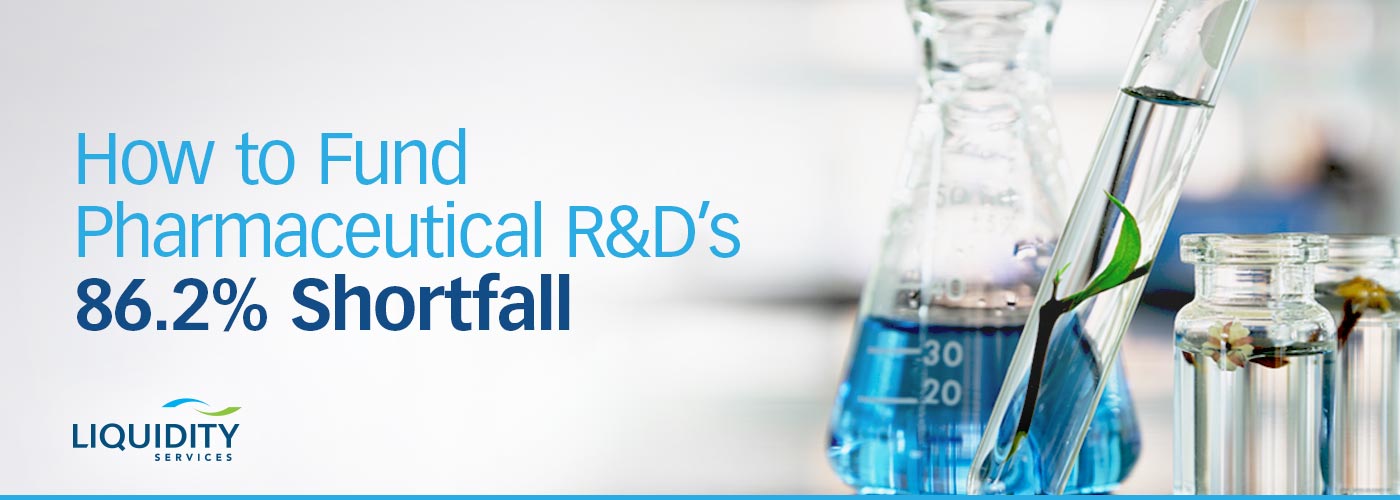
The biopharma industry is one in which successful companies, investors, drug developers, and scientists can manage – even celebrate – the inevitable failures of research and development. In a field where rare successes more than make up for the disappointment, failure is typically not a stigma.
But how can pharmaceutical companies continue to fund their R&D departments until they hit “the big one”?
“Only 13.8% of all drug development programs lead to drug approval.”
In 2018, a team from the Massachusetts Institute of Technology conducted the largest investigation of clinical trial success rates to date into probabilities of clinical success. They found only 13.8% of all drug development programs lead to an eventual drug approval.
In other words, 86.2% of pharmaceutical R&D products never reach market. Other comprehensive analyses report even lower success rates. In fact, for the industry’s most crowded therapeutic area – cancer drug development – the overall probability of success was only 3.4%.
So, R&D budgets are decimated by projects that ultimately will fail to reach final approval – and you can’t know which projects will be successful when you’re budgeting at the start of the fiscal year. How, then, can biopharma companies keep R&D funding above the red line until they hit the 13.8% product approval jackpot?
Help Fund Biopharma R&D by Lowering Overhead and Recovering Costs
The necessary costs of the R&D department can be partially compensated for by reducing waste in other areas while finding alternative revenue sources. This effort can include:
- Leveraging current asset value as collateral against loans and other fund-raising efforts.
- Recycling – or “redeploying” – idle but valuable equipment like mass spectrometers or lab balances to other facilities instead of buying new.
- Donating useful old inventory like sanitation supplies to non-profit organizations, possibly generating tax write-offs.
- Selling outdated assets on the open market, recovering previously sunk equipment costs.
Many of these have the secondary effect of clearing away facilities and the overhead associated with them – including taxes, insurance, and maintenance costs.
To do this, however, you’ll need an effective asset management and valuation program. To learn more about how these programs can help your biopharma company, see how we’ve helped other industry leaders fund R&D and other crucial operations through asset management and valuation.



Comments are closed.